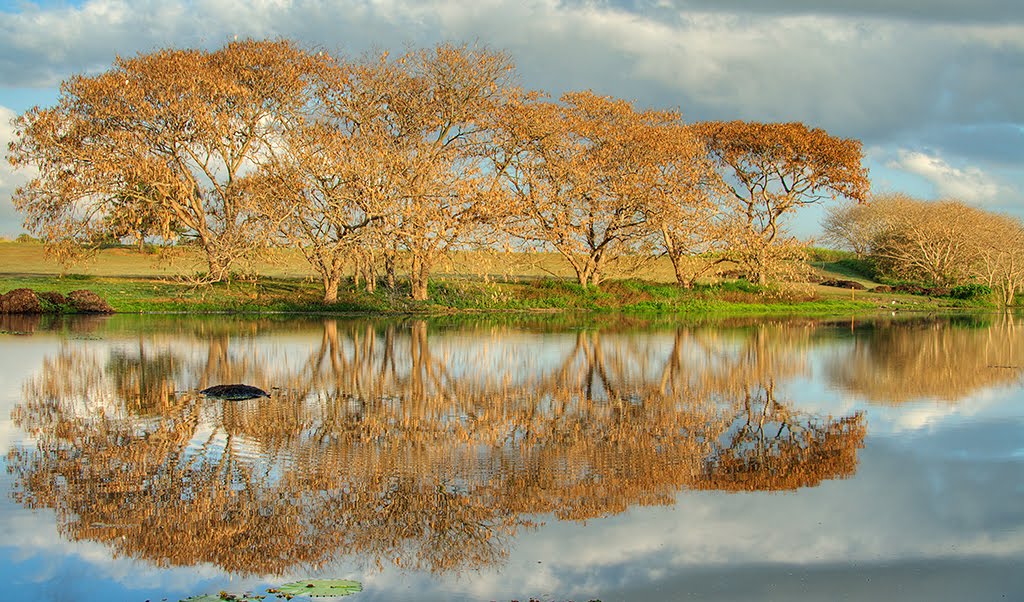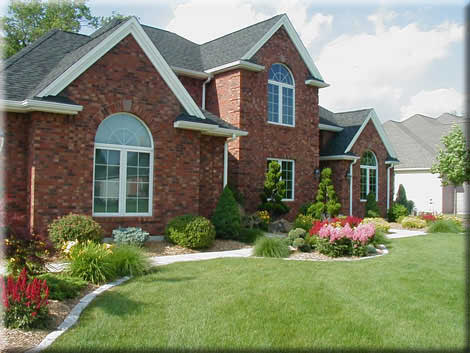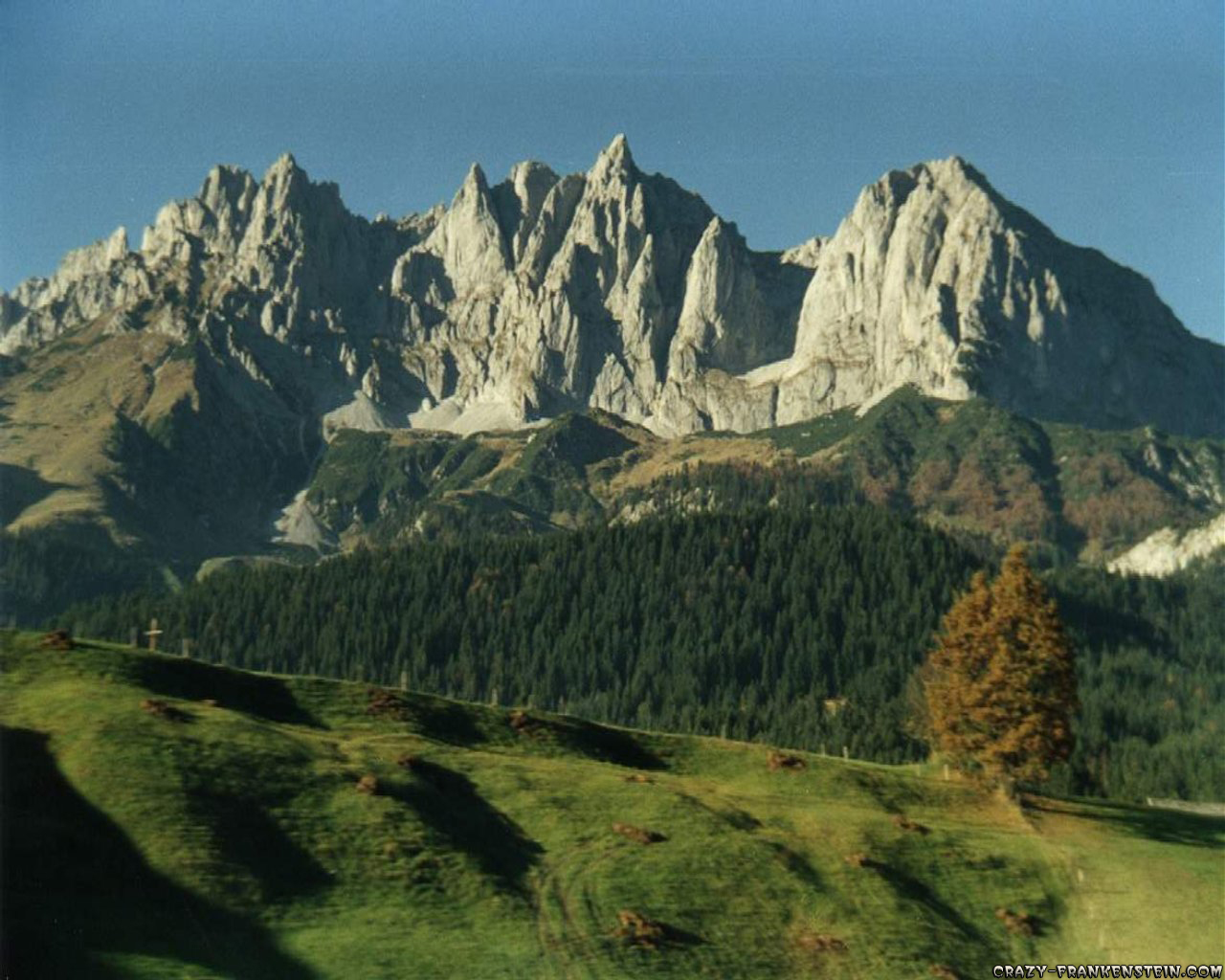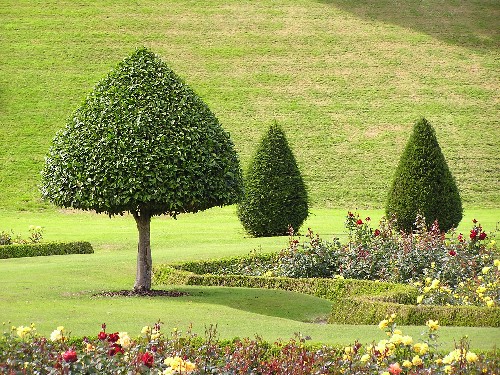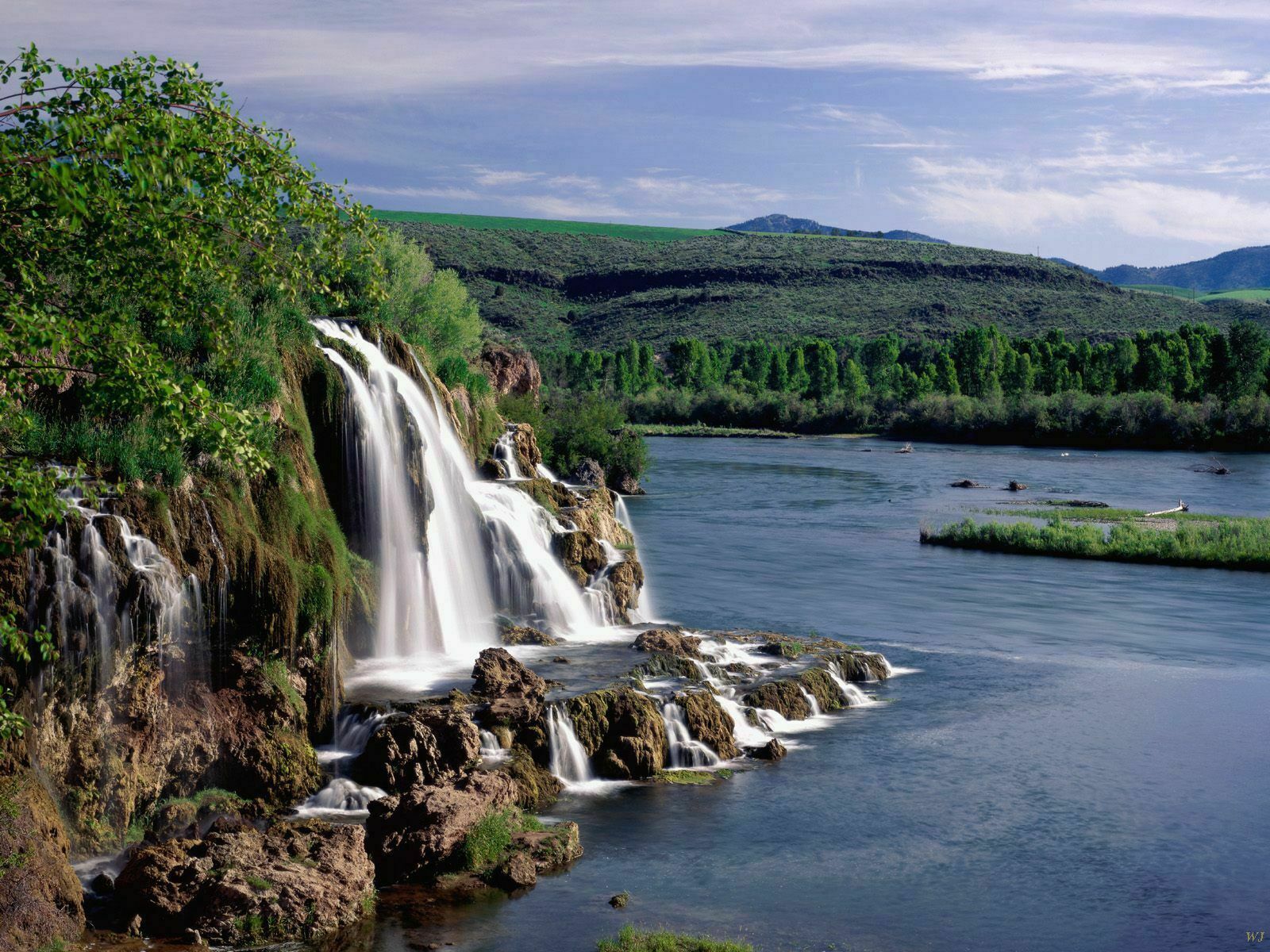A genus ( tribe ) of 7 evergreen coniferous trees related to the Yews, that is native to Asia and North America. They are valued both as ornamental trees as well as for the wood which is strong and durable and great for use as fenceposts however usually too scarce for commerical value.
They prefer moist, fertile, well drained soil in sun or partial shade with some protection from wind. Propagation can be from half hardened cuttings taken during late summer or seed sown as soon as ripe kept protected from frost which can take up to 2 years to germinate.
Torreya californica ( California Torreya )
A large, broadly conical conifer native to coastal and Sierra Nevada California, that can reach 75 feet or more. Older trees often become round crowned with droopy branches. Some records include: fastest recorded growth rate - 2 feet; 10 years -
14 x 8 feet; 20 years - 27 x 27 feet; 150 years - trunk diameter of 4 feet; largest on record - 141 x 60 feet with a trunk diameter of 6.7 feet. One tree was reported to be 15 feet in diameter at the base. Such trees likely no longer exist due to over a century of forest exploitation. A tree of 110 x 60 x 6.7 feet grows in Swanton, CA. This is the only species of Torreyas that grow well in the British Isles and the only one that doesnt grow well in the eastern U.S. In Ireland it can grow to 80 feet with a trunk diameter of 4 feet and possibly more.
The crown is open to dense with somewhat pendulous shoots.
The rigid Yew-like but spiny tipped, linear leaves are deep green above, paler yellow-green below and up to 2 ( rarely 4 ) inches long. The handsome foliage is very aromatic when crushed.
The purple flushed green cones up to 1.5 inches long encase a smooth brown seed.
The twigs are green at first turning to red-brown in the second year.
Hardy zones 6 to 10 and this is the only species of Torreya that prefers a cool summer maritime climate. It is rare in the wild and very rare in cultivation.
Torreya fargesii
A medium size tree native to China. Some records include: largest on record - 66 feet in height with a trunk diameter of 3.5 feet. The linear leaves are up to 1.5 inches in size. Hardy north to zone 7 and needs hot, very humid summers.
Torreya grandis ( Chinese Torreya )
A slow growing, handsome, large tree native to southeast China. Some records include: 5 years - 6 feet; 9 years - 11 feet; largest on record - 135 ( rarely over 80 ) feet tall with a trunk diameter of 6.6 feet.
The glossy deep green needles are up to 1.3 inches in length. Hardy zones 6 to 9 and requires a hot, very humid summer. Shade tolerant. Thrives especially well in the Mid Atlantic to the Carolinas.
Link to Wikipedia article http://en.wikipedia.org/wiki/Torreya_grandis
Torreya jackii
An endangered native of China that is slow growing reaching a maximum size of 40 x 20 feet. Some records include: 1st year - 5 inches.
The foliage is up to 3.5 inches in length. Hardy north to zone 8 and needs a hot, very humid summer.
* photo taken on June 23 2013 @ U.S. National Arboretum, DC

Torreya nucifera ( Japanese Nutmeg Yew )
A moderate growing, medium to large tree native to Japan. Some records include: fastest recorded growth rate - 2 feet; 20 years - 27 x 27 feet; largest on record - 123 feet with a trunk diameter of 9 feet; largest in Pennsylvania - 56 feet. A large tree grows at Swarthmore College near Philly, PA. Very long-lived, it is known to persist as long as 1000 years.
Its linear leaves are glossy, deep green, to 2.5 inches in length.
The nut is edible and the oil is used for cooking in Japan.
It is encased in a purple flushed green fruit up to 1.5 inches long.
It is sometimes grown for its edible nuts.
The bark is orangish with vertical ridges.
It is hardy from zones 5 to 10 and prefers rich, moist, well drained soil in sun or partial shade. It needs hot summers and grows well in the Mid Atlantic region.
Very rare, this tree grows at Dumbarton Oaks and U.S. National Arboretum in Washington, D.C.
* photo taken on March 28 2010 @ U.S. National Arboretum, D.C.



* photos taken on October 17 2010 @ U.S. National Arboretum, D.C.

Torreya taxifolia ( Florida Torreya )
A broad-pyramidal medium- size tree that is endangered with extinction in its native range in northern Florida and Georgia. A fungal disease there is killing off many of the remaining trees though further north in cultivation this tree actually grows much better. It actually prefers a cooler climate and its current range is much the effect of the previous ice age which bulldozed the continent. Typically growing to 40 x 20 feet, some records include: fastest recorded growth rate - 2 feet; largest on record - 100 x 40 feet with a trunk diameter of 3 feet. A large tree is known to grow in Norlina, NC. There is a small, introduced population of trees located
in Asheville, North Carolina, on the Biltmore Estate, another large tree grows at the Henry Foundation @ 801 Stony Ln., Gladwyne, PA.
This tree is suspected to be able to sprout from stumps following forest fires.
The linear, glossy deep green leaves are up to 1.5 inches in length. The very sharp-tipped needles last 3 to 4 years.
The fruit is up to an inch long.
The timber is excellent for use for cabinets and fence posts though too rare to harvest. Fences made of Florida Torreya last up to 60 years or more!
It also has potential for commercial use for Christmas trees.
THIS TREE SHOULD BE CULTIVATED MUCH MORE since its tiny native range along the Apalachicola River is dwindling to nothing. One of those dont know what youll miss til its gone trees.
Hardy zones 6 to 8 ( prefers cooler than its native range ) with reports of hardiness to zone 4 though more testing is needed to determine this.
While disease is probably only a problem in zones 8 / 9 infected trees treated with the commercial fungicide Maneb recovered well and produced new growth with little or no infection.
Florida torreya is mostly now propagated from stem cuttings since you need male and female trees to produce seeds and this tree is too rare to make seed a viable option.
* photo of unknown internet source

Interesting article - link below
http://www.conservationmagazine.org/2008/07/when-worlds-collide/
* photo of unknown source on internet

* photos taken by W.D. Brush @ USDA-NRCS PLANTS Database



Torreya yunnanense ( Yunnan Nutmeg Yew )
A slow growing, medium size endangered tree native of subalpine forests in Yunnan Province of China. Some records include: 3 years - 32 inches; largest on record - 66 x 66 feet with a trunk diameter of 3.5 feet.
The very glossy, linear leaves are up to 1.5 inches in length.
The fruits are rounded.
Hardy zones 6 to 8 and needs a hot humid summer.
























